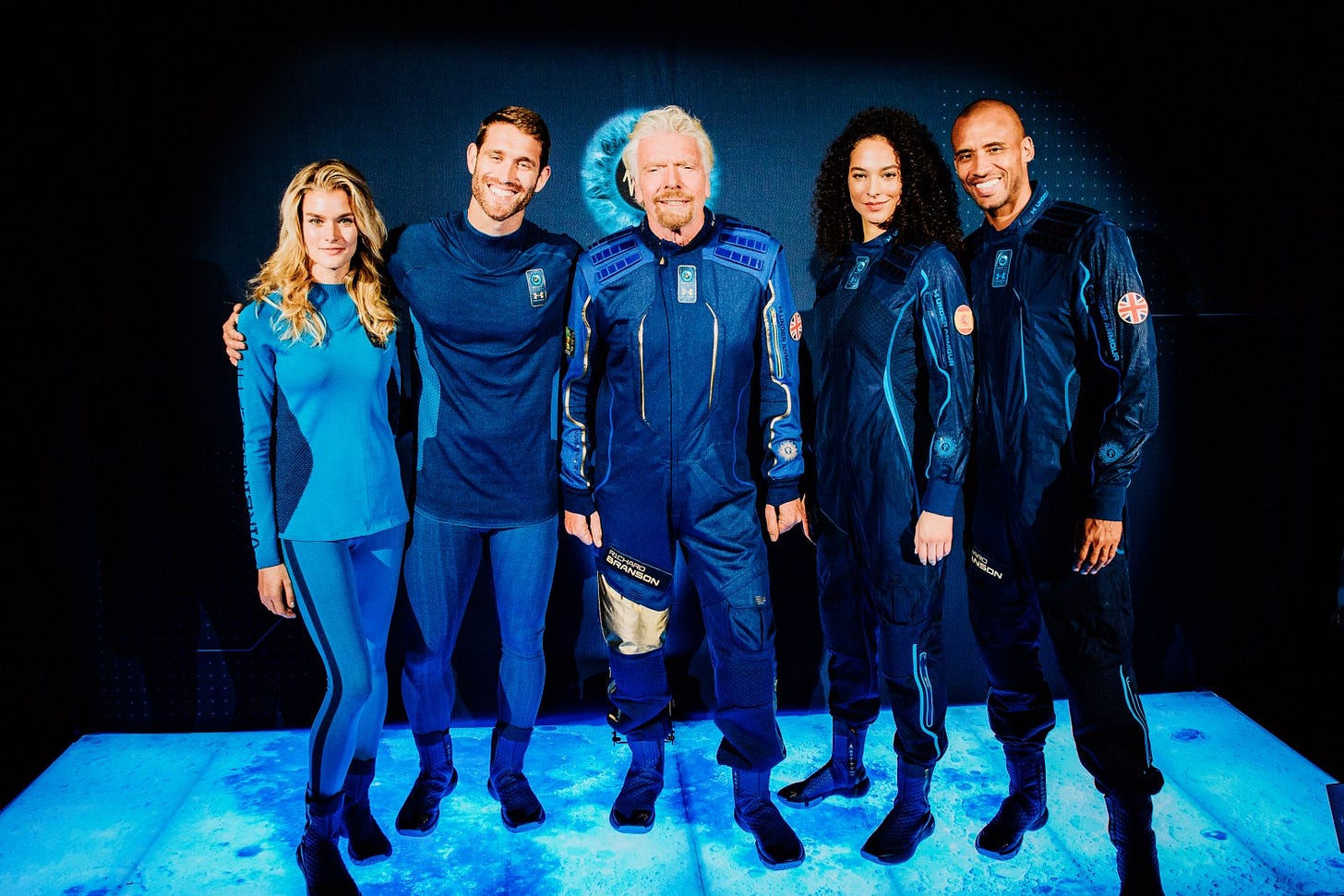
Spacesuits aren’t just for government astronauts anymore. With the rise of commercial space travel, this critical gear is becoming lighter, more flexible, and tailored to meet the demands of different missions—whether for brief suborbital tourist flights or longer orbital voyages.
Leading fashion brands and designers are collaborating with spacelines to combine function with high style. SpaceX, for example, worked with designer José Fernández to create its sleek white spacesuit, while Virgin Galactic teamed up with Under Armour to craft athletic flight wear for their passengers. Even luxury brands like Prada have joined the cosmic fashion scene partnering with Axiom Space to develop advanced lunar suits for NASA’s Artemis III mission.
But which suits excel in function, comfort, and style? And what innovations are shaping the future of spacewear, especially for destinations like the Moon and Mars? In this article, Spaceport Lounge unveils the evolution of these groundbreaking designs.
Spacesuit Showroom Walk-Off
Commercial space travel companies have developed unique spacesuit designs tailored to their mission priorities—ranging from comfortable jumpsuits for quick trips to the edge of space to safety-driven innovations for low Earth orbit—spotlighting the growing innovation in spacewear.
Virgin Galactic partnered with Under Armour to craft flight suits that merge athletic performance with technology. These garments dynamically regulate body temperature to prevent overheating during atmospheric ascent and descent. They also feature biometric monitoring to provide real-time feedback on vital signs, enhancing both safety and performance.
Blue Origin, in contrast, takes a practical approach with vibrant blue flight suits designed for its short, suborbital New Shepard flights. Since these journeys last only about ten minutes, the suits prioritize comfort and mobility over complex life-support systems. The lightweight construction allows passengers to move freely during weightlessness, reducing bodily stress while maintaining essential safety features like pressure resistance.

SpaceX has collaborated with Hollywood designer José Fernández, known for his work on superhero films, to create its sleek cabin suit. Lightweight and form-fitting, it is engineered for both safety and style aboard the Crew Dragon capsule. The pressure-tight suit includes integrated touchscreen-compatible gloves and a helmet-mounted life-support system. SpaceX's Extravehicular Activity (EVA) suits were developed by the company's internal engineering team, led by principal spacesuit engineer Erik Kraus.
Government space agencies rely on proven spacesuit designs optimized for demanding missions. NASA’s Extravehicular Mobility Unit (EMU) is a robust, multilayered suit designed for spacewalks, providing radiation shielding, thermal protection, and micrometeoroid defense. Roscosmos' Sokol pressure suits, though utilitarian and visually outdated, remain critical for emergency scenarios aboard the Soyuz spacecraft, offering decades of reliable survival capabilities during launch and re-entry.
Adding to the innovation, luxury fashion houses have entered the space race. Prada recently partnered with Axiom Space to develop next-generation lunar suits for NASA’s Artemis III mission to the Moon and Mars. Prada's expertise in advanced materials and design is shaping suits that balance high-performance function with style.
This movement could pave the way for future collaborations with other high-end brands, offering customizable suits for multi-day space cruises or lunar hotels. As space tourism matures, designer spacewear may become a new status symbol—blending exclusivity, technology, and aesthetic appeal.
Which Suit Reigns Supreme?
Spacesuit design varies widely based on mission type—whether it’s a multi-hour spacewalk in low earth orbit or a ten-minute flight to the edge of space. Key variables include:
Weight:
NASA’s EMU weighs 275 pounds due to its protective layers and life-support systems—essential for prolonged space exposure. In contrast, SpaceX’s IVA suit weighs under 20 pounds, while Final Frontier Design’s cabin suits are around 50 pounds, balancing mobility and cost-efficiency. For short suborbital tourist flights, passenger flight suits prioritize comfort and mobility, resembling lightweight jumpsuits designed for brief weightlessness and rapid atmospheric transitions.
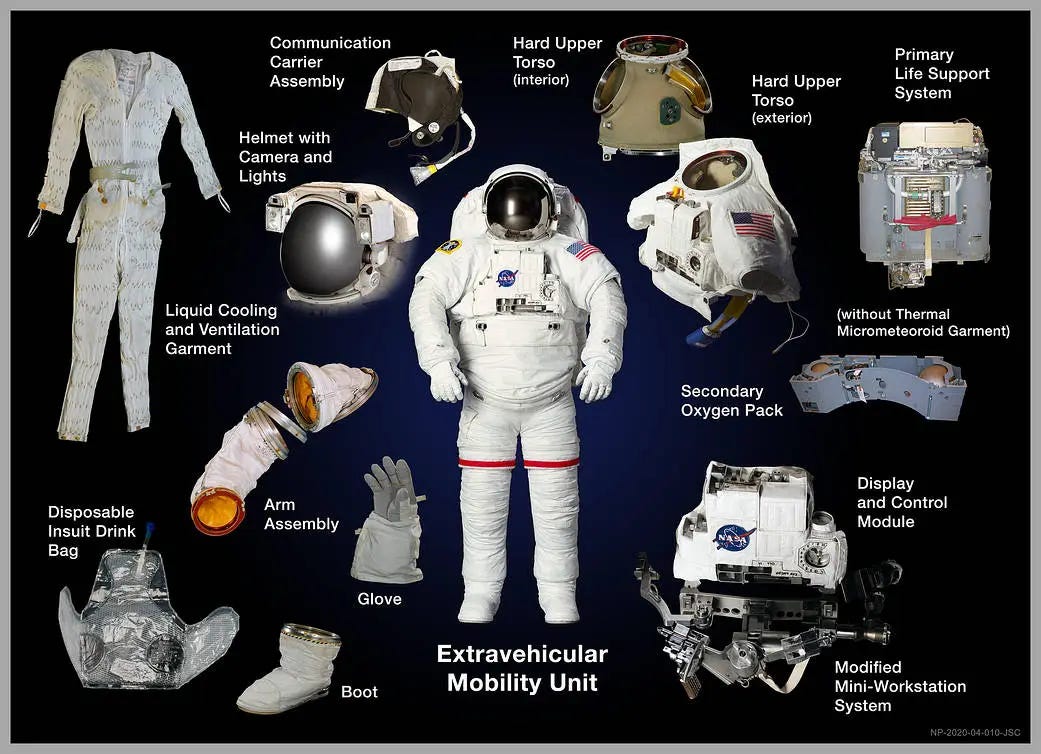
Dexterity:
Older spacesuit designs prioritized protection over flexibility, limiting mobility during spacewalks. Modern commercial flight suits enable easier movements. Blue Origin and Virgin Galactic flight suits allow tourists to move freely and enjoy weightlessness.
Fit:
Space tourism flight suits are basically custom-fitted jumpsuits, much more comfortable than deep-space suits. SpaceX uses body scans for a precise fit for its cabin and spacewalk suits. Final Frontier Design also focuses on mobility and emergency preparedness in its space cabin suits.
Cost:
Suit costs vary by function. NASA’s EMU costs about $12 million each due to its advanced systems and custom construction for perilous spacewalks. Final Frontier Design’s IVA suits target a much lower price of around $50,000. SpaceX cabin and spacewalk suits fall somewhere within this range.
Virgin Galactic and Blue Origin flightsuits for shorter voyages are lightweight and relatively inexpensive enough to offer to passengers as a memento of the trip.
Innovation from Early Spacesuits
The first generation of spaceflight apparel focused entirely on necessity. When Yuri Gagarin launched into orbit in 1961, he wore a simple pressure suit designed for basic survival. NASA’s early Mercury and Gemini suits were similarly functional but restrictive. By the Apollo era, spacesuits had evolved to handle the challenges of lunar exploration, though astronauts still struggled with limited mobility.
Fast forward to today: spacesuits are lighter, more flexible, and far more comfortable. They cater to private spacefarers while retaining the critical life-support systems pioneered by early explorers. In the future, they may even feature advanced materials that self-repair or adapt to changing environmental conditions.
Future Fashion Weeks: Moon and Mars
The next advance in spacesuit technology will be driven by the objective to settle the Moon and Mars. Lunar suits must protect astronauts from extreme temperatures, intense solar radiation, and abrasive lunar dust. NASA’s upcoming xEMU aims to address these challenges with greater flexibility, enhanced insulation, and dust-resistant materials.
On Mars, the challenges are different but equally daunting. Spacesuits will need to balance radiation protection, oxygen supply, and temperature regulation for long-duration surface missions. Engineers are also exploring smart fabrics embedded with sensors to monitor astronauts’ health in real time.
Spacesuits have evolved far beyond their early utilitarian designs. Once purely life-support systems, they are now sophisticated creations and symbols of a new era in private space travel.




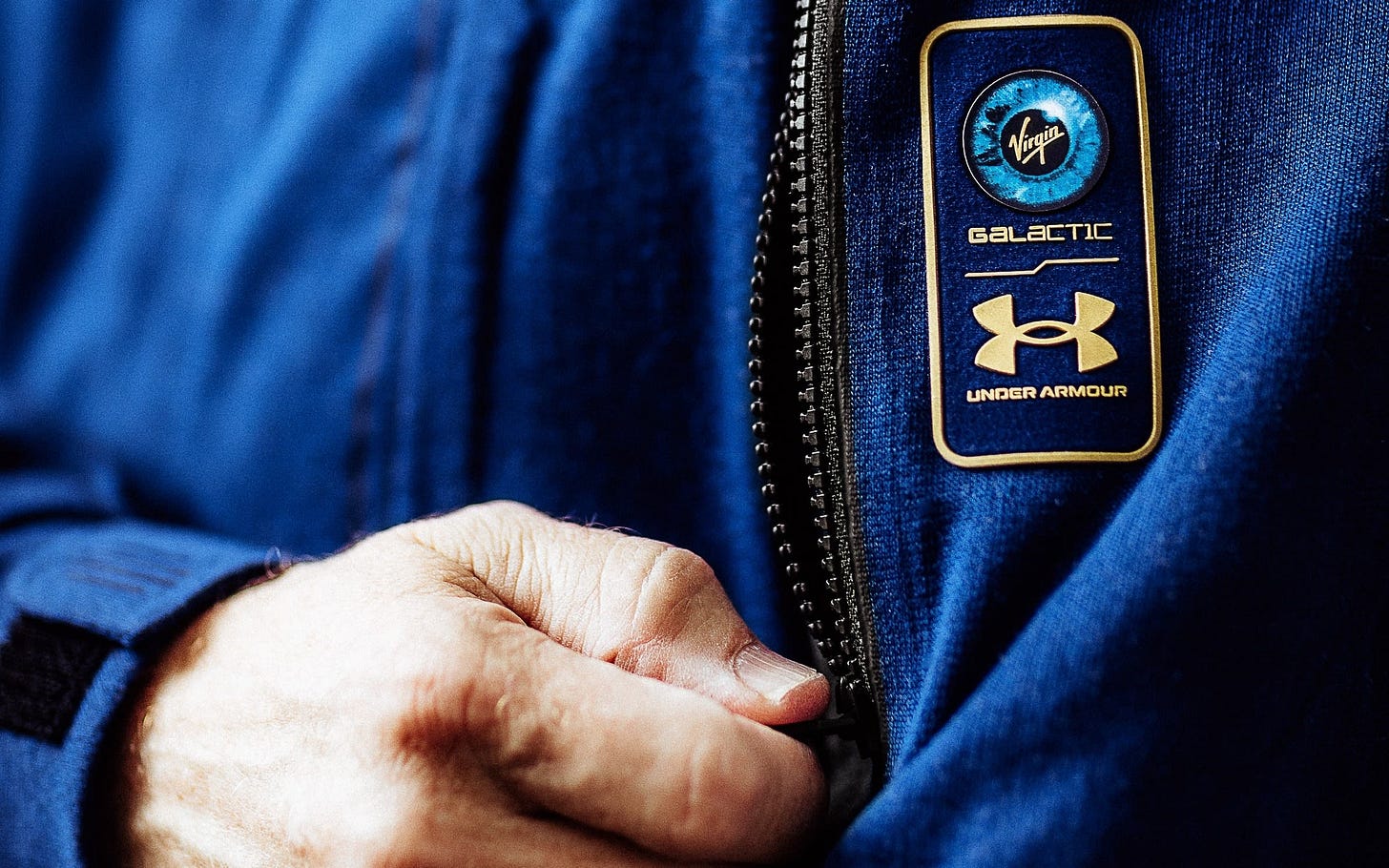
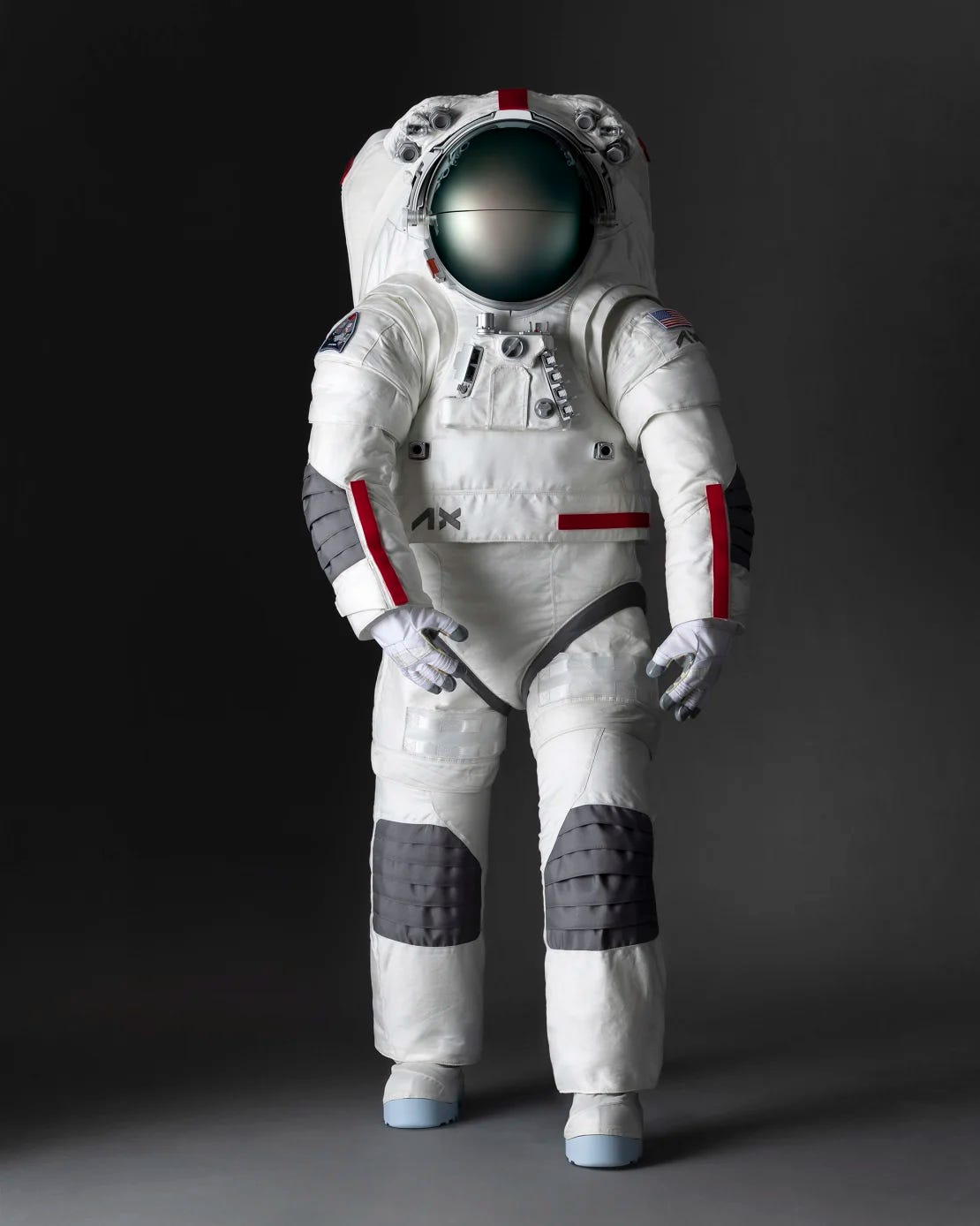
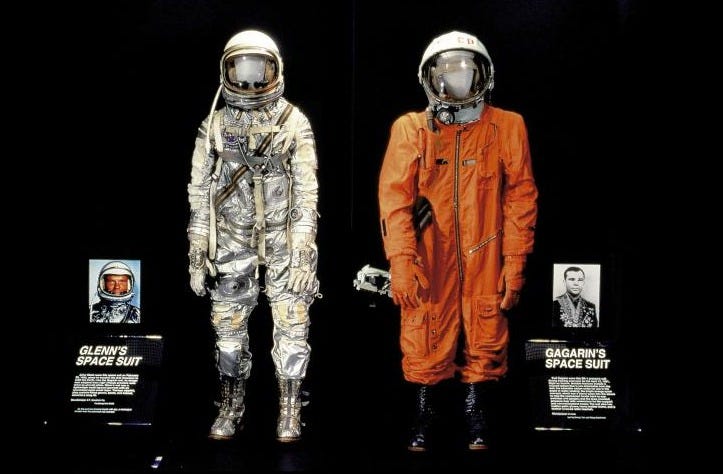

Great article on articles, stylish and elegant writing. thank you 8)